Tens of thousands of Israelis flooded the streets Sunday night in what appeared to be the largest demonstration since the outbreak of the war, demanding Prime Minister Benjamin Netanyahu agree to a cease-fire with Hamas to secure the release of remaining hostages. The protests erupted after the Israeli military announced that six more hostages, including an Israeli-American, were found dead in Gaza.
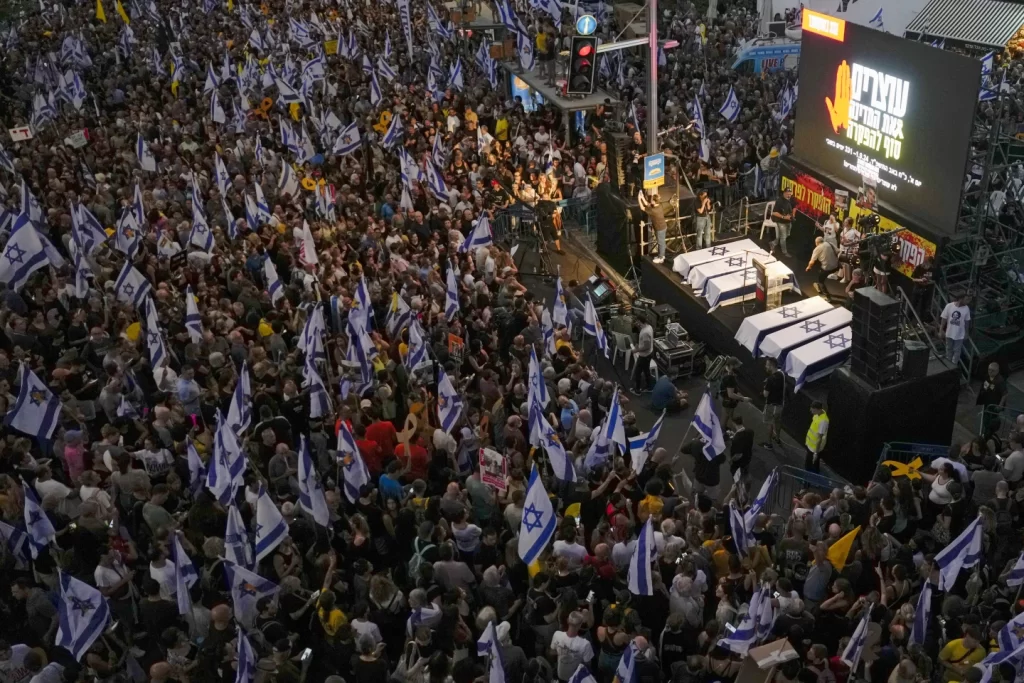
Demonstrators in Tel Aviv and Jerusalem chanted “Now! Now!” calling for immediate action to bring the captives home. In Tel Aviv, relatives of hostages marched with symbolic coffins, while thousands gathered outside Netanyahu’s office in Jerusalem, many in tears.
The Histadrut, Israel’s largest trade union, called for a general strike on Monday to increase pressure on the government. The strike aims to disrupt major sectors of the economy, including banking, healthcare, and operations at the country’s main airport.
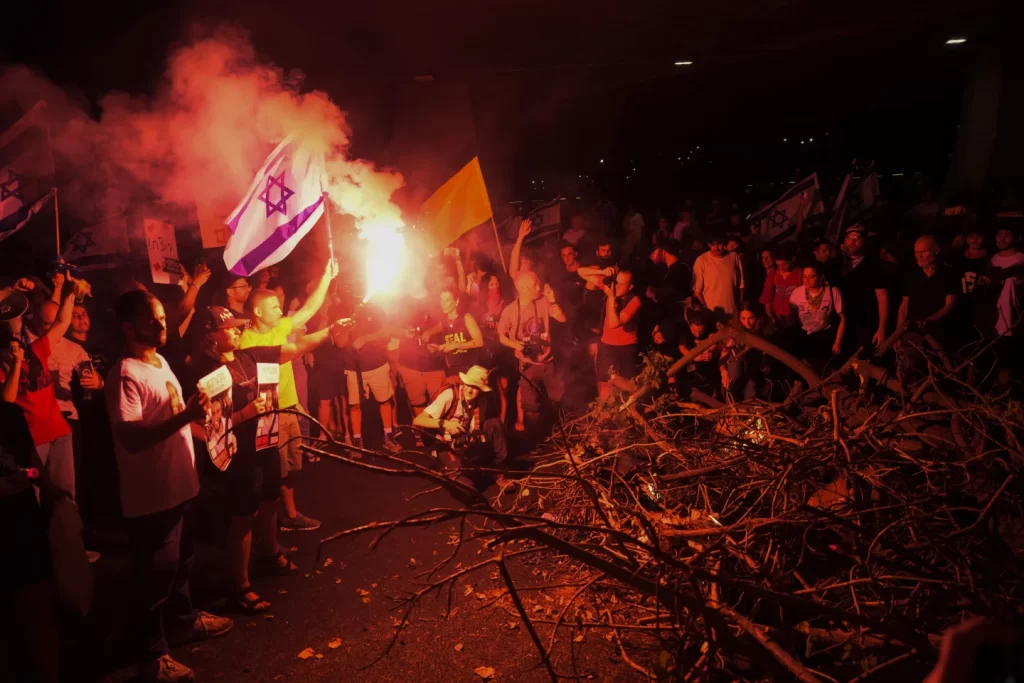
Three of the six hostages found dead — including Israeli-American Hersh Goldberg-Polin — were reportedly scheduled for release in the first phase of a cease-fire proposal discussed in July. This information fueled the protesters’ anger and frustration.
The Israeli military stated that all six hostages were killed shortly before Israeli forces arrived at their location. They were identified as Hersh Goldberg-Polin, 23; Ori Danino, 25; Eden Yerushalmi, 24; Almog Sarusi, 27; Alexander Lobanov, 33; and Carmel Gat, 40. Autopsies determined they were shot at close range and died on Thursday or Friday.
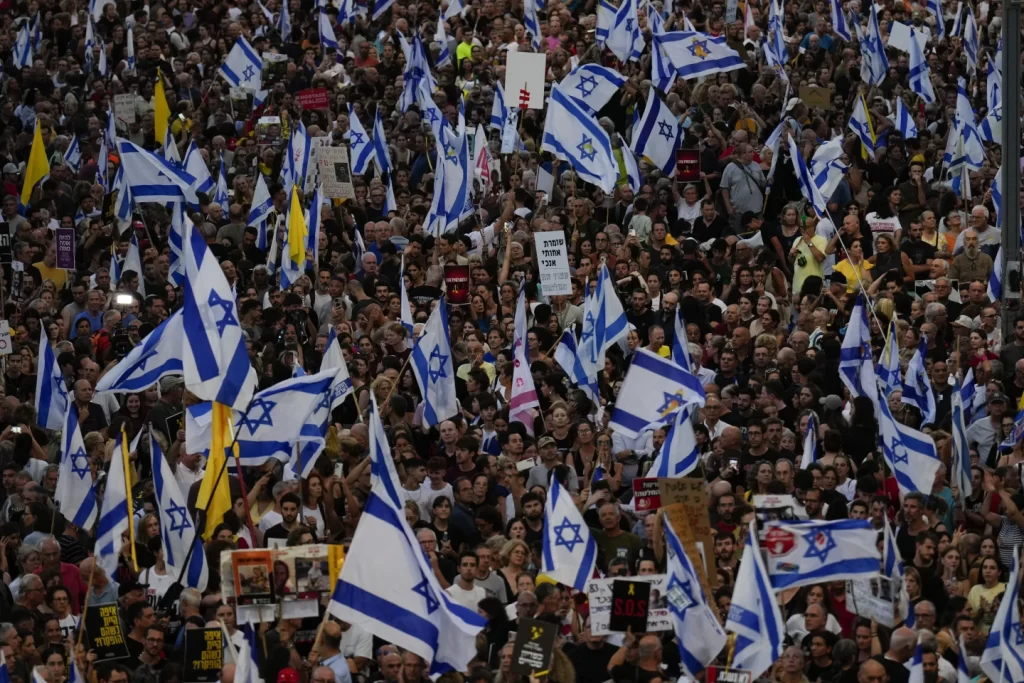
Netanyahu blamed Hamas for the stalled negotiations, stating, “Whoever murders hostages doesn’t want a deal.” However, Hamas official Izzat al-Rishq claimed the hostages would still be alive if Israel had accepted a U.S.-backed cease-fire proposal in July.
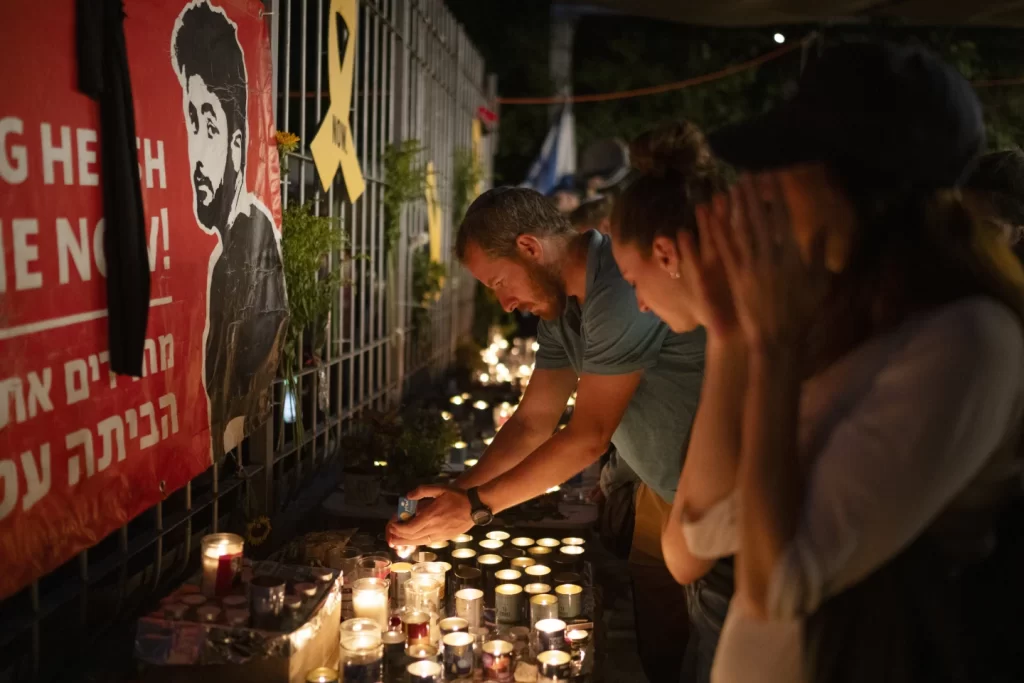
The mass protests have exposed divisions within Israel and Netanyahu’s government. While the prime minister vows to continue fighting until Hamas is destroyed, top security officials argue that the intense pressure on Hamas has created favorable conditions for a cease-fire deal.
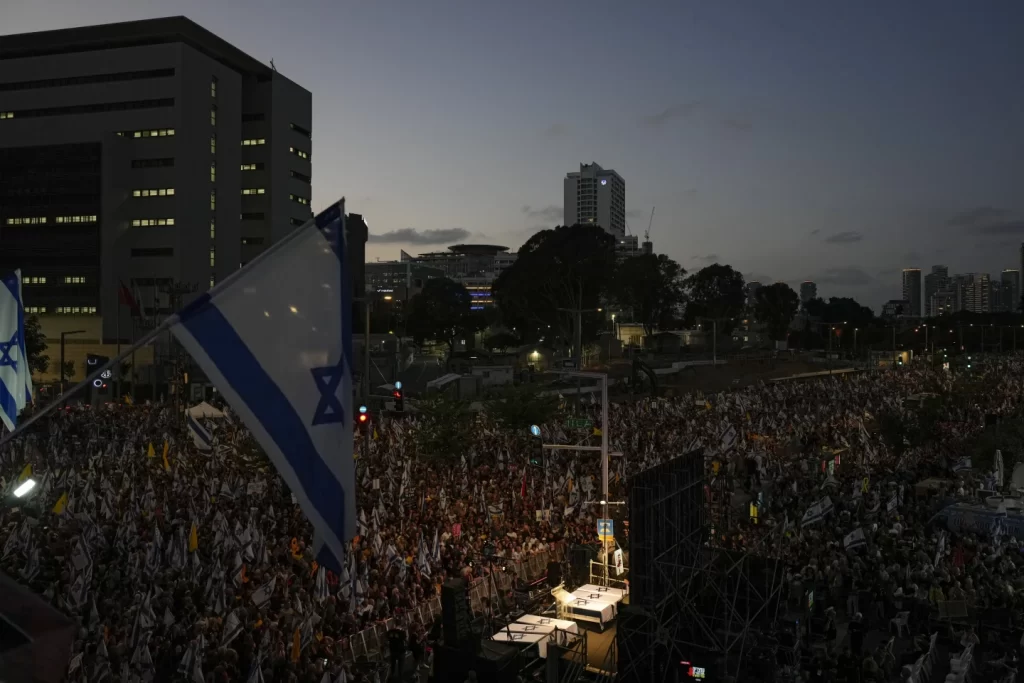
Critics accuse Netanyahu of prioritizing his political survival over the hostages’ lives. The war’s end could lead to an investigation into his government’s failures during the October 7 attacks and potentially trigger early elections.
As funerals for the deceased hostages began, public outrage intensified. At Almog Sarusi’s funeral, his mother Nira lamented, “You were abandoned on and on, daily, hour after hour, 331 days. You and so many beautiful and pure souls.”
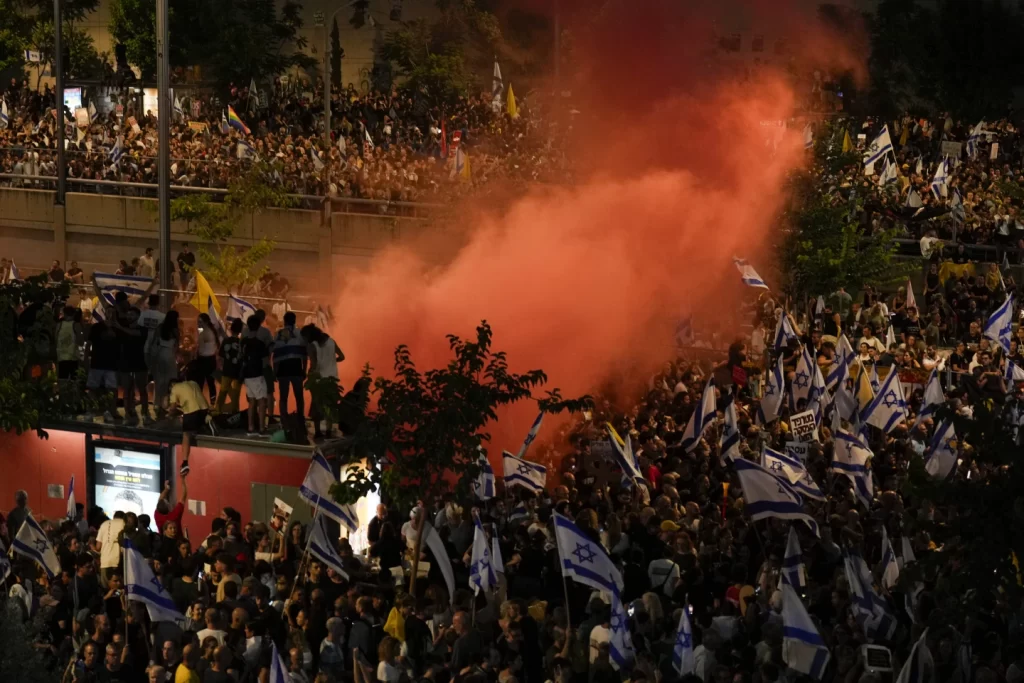
The Israeli military reports that 101 hostages remain in captivity, with 35 believed to be dead. The ongoing conflict has resulted in over 40,000 Palestinian deaths in Gaza, according to local health officials, while the October 7 Hamas attack killed approximately 1,200 people in Israel.
As protests continue and political pressure mounts, the fate of the remaining hostages and the trajectory of the conflict remain uncertain, with calls for a cease-fire growing louder among the Israeli public.



